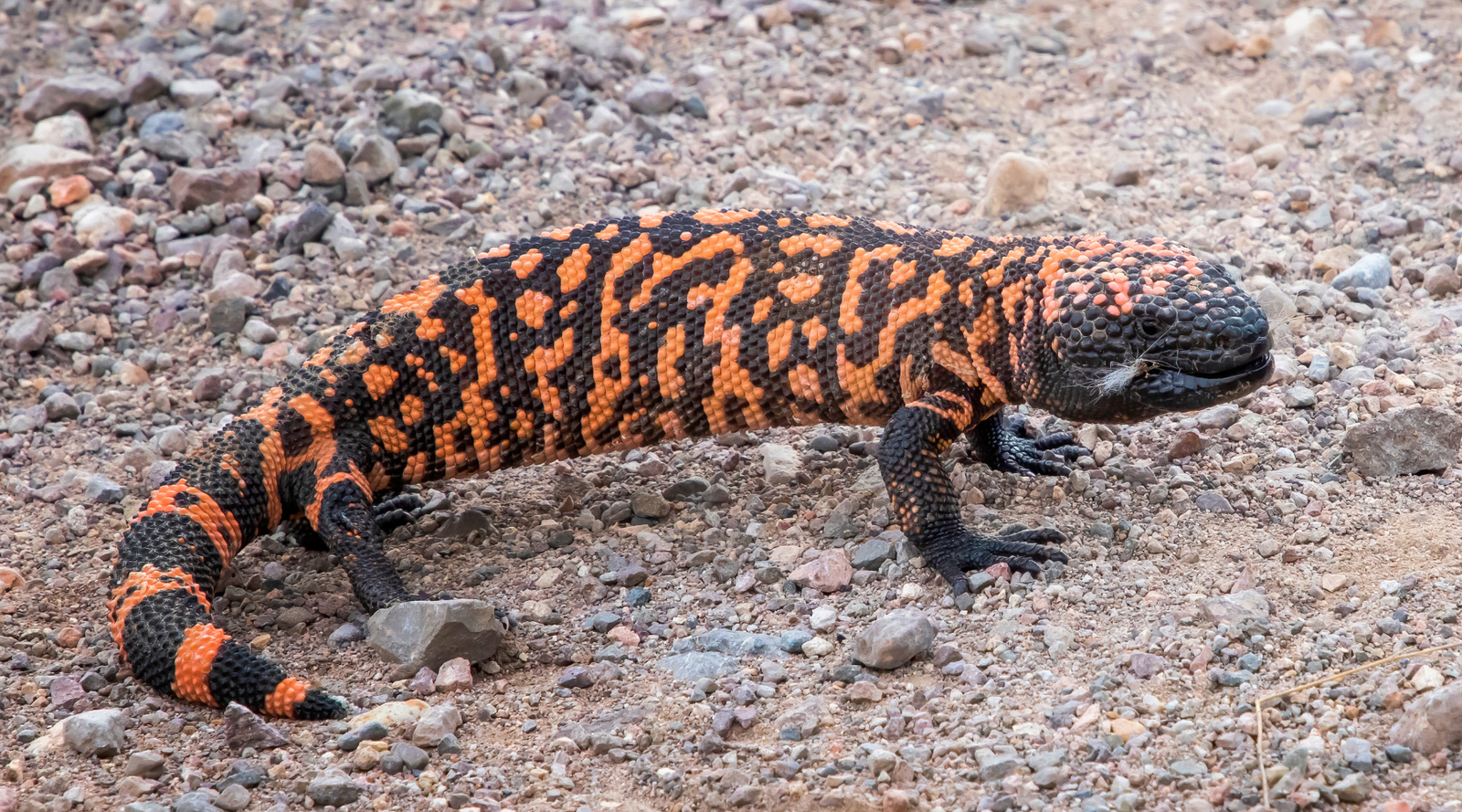Giant Pandas: 5 Fascinating Facts and Unique Behaviors
Giant pandas have long captured our admiration and curiosity with their iconic black and white fur and enchanting personalities. These charming creatures hold a special place in our hearts and the natural world, exhibiting fascinating characteristics and behaviors that set them apart. We invite you to join us as we explore the captivating world of giant pandas, uncovering their remarkable traits and way of life.

Photo by Peter Burdon
1. Bamboo: The Staple Diet of Giant Pandas
One of the most notable facts about giant pandas is their almost exclusive diet of bamboo. Despite belonging to the order Carnivora, pandas have evolved to become highly specialized herbivores, with bamboo constituting 99% of their diet. They consume various parts of the plant, including leaves, stems, and shoots, and can eat up to 38 pounds (17 kg) of bamboo per day. Pandas have a modified wrist bone, which functions as a "thumb," allowing them to grasp and manipulate bamboo with ease.

Photo by Pascal Müller
2. Panda Reproduction and Parenting
Giant pandas have a unique reproductive system, with females being in estrus (able to conceive) for only 2-3 days per year. After a gestation period of approximately 3 to 5 months, female pandas give birth to one or two cubs, although they usually only raise one. Panda cubs are born hairless, blind, and extremely vulnerable. Mother pandas are highly attentive, constantly cradling and nursing their cubs for the first few months of their lives.

Photo by Jeremy C
3. Playful and Solitary Creatures
Although generally considered solitary animals, giant pandas are known for their playful nature, especially when young. They often engage in wrestling, rolling, and climbing to practice their coordination and strength. While adult pandas tend to be more solitary, they communicate with one another through vocalizations, body language, and scent markings.

Photo by billow926
4. Climbing High and Diving Deep
Giant pandas are skilled climbers and are often found resting or foraging in trees. They use their strong limbs and sharp claws to grip tree trunks and branches. This arboreal behavior provides pandas with a sense of safety and an escape from potential predators or other threats. Additionally, pandas are known to be good swimmers, using their strong forelimbs to propel themselves through the water.

Photo by Chris Curry
5. Sleep Patterns and Energy Conservation
Giant pandas spend a significant portion of their day resting and sleeping. They conserve energy due to the low nutritional value of bamboo, which provides limited calories and requires a lot of energy to digest. Pandas sleep in various positions, often appearing quite relaxed and comfortable. They may sleep on the ground, in trees, or even sprawled out on a rock.
Giant pandas are truly fascinating creatures, with their unique characteristics and behaviors capturing our imagination. By learning more about these remarkable animals, we can deepen our appreciation for their place in the natural world and continue to support conservation efforts to ensure their survival for generations to come. Learn more about pandas with our 11 Surprising Facts That Will Make You Love Pandas Even More! Fancy showing off your love for pandas? Shop our Giant Panda Sitting and Giant Panda collections today!
















Leave a comment (all fields required)